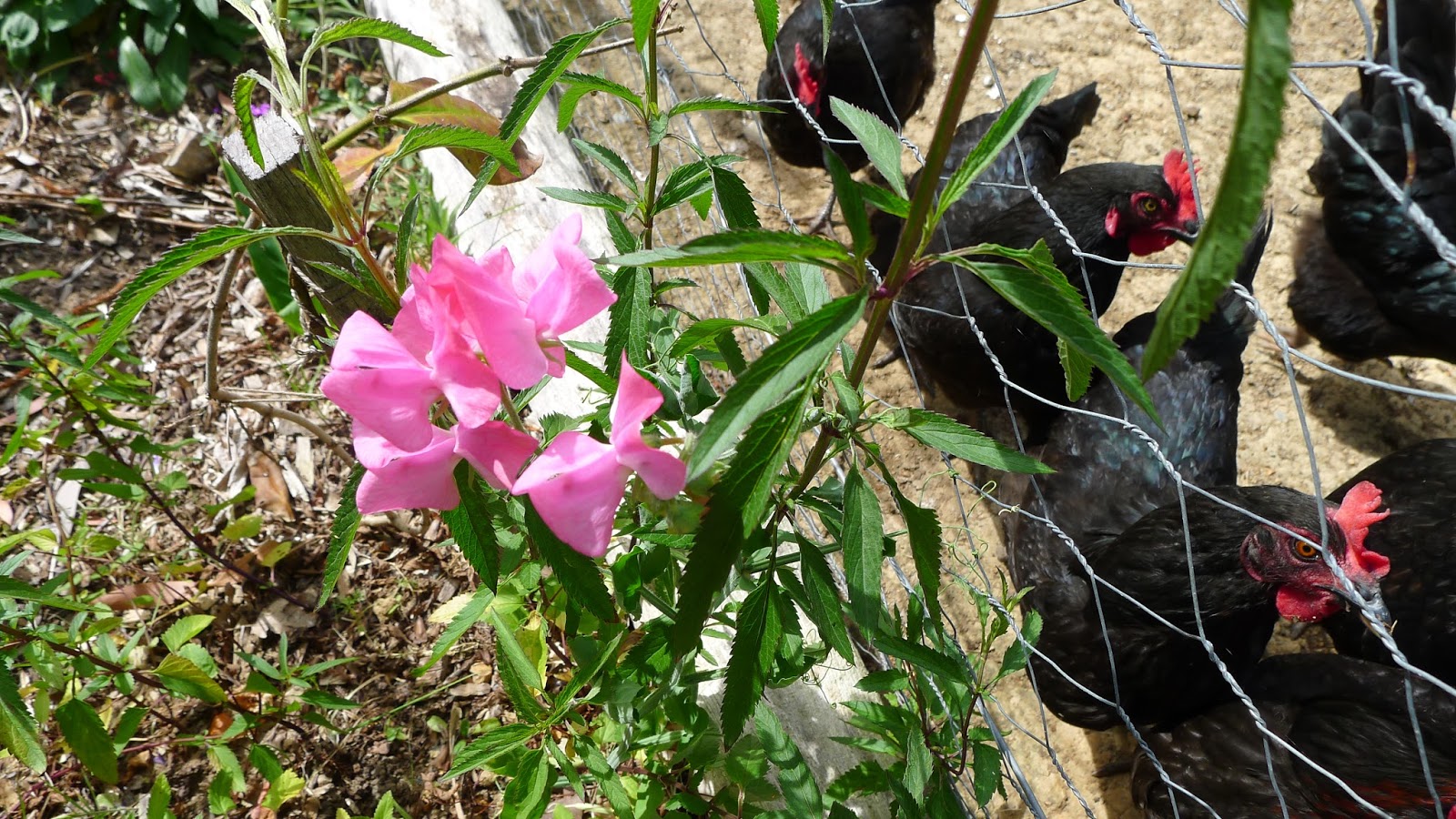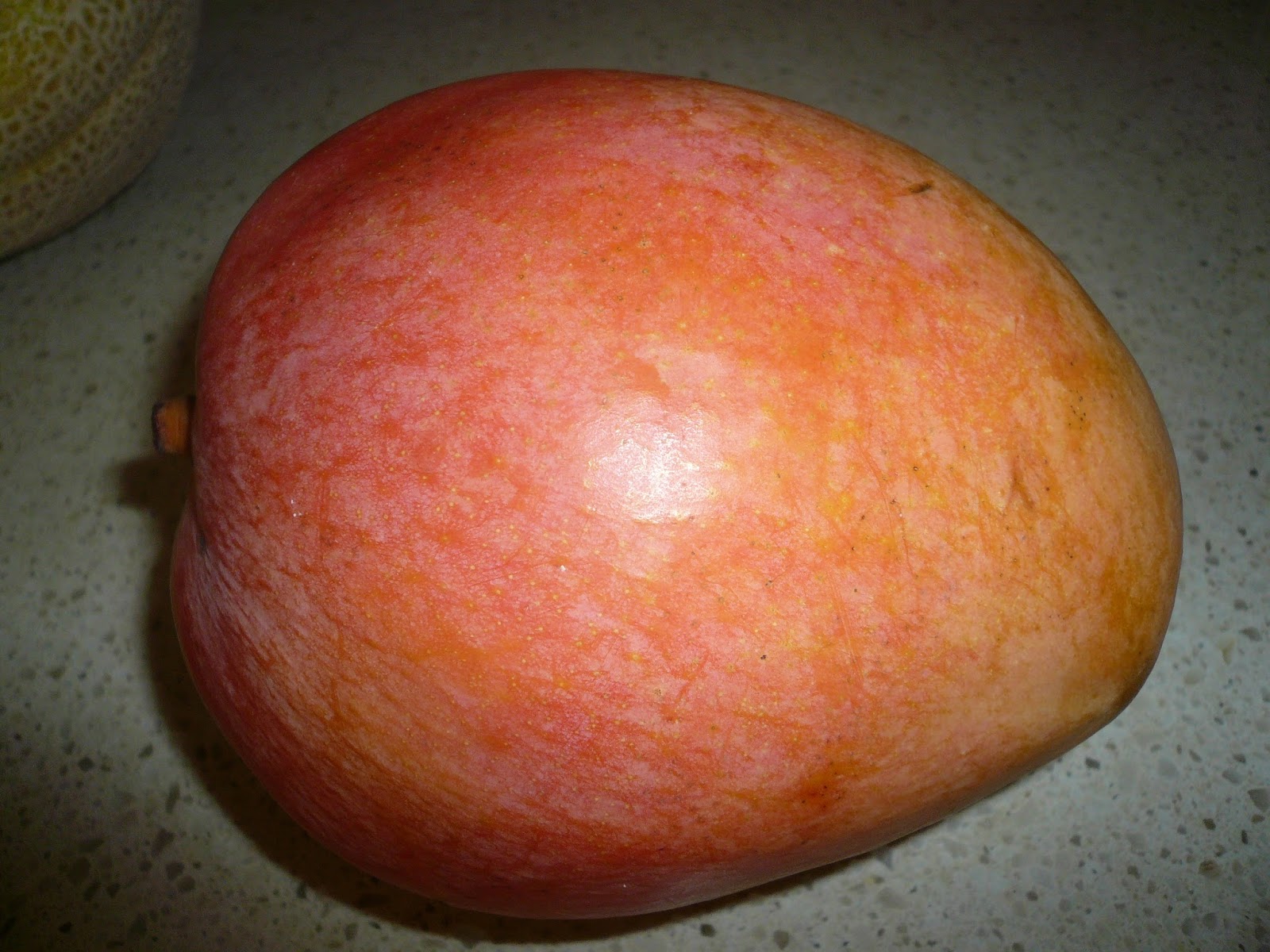We can not stop the seasons following each other. When I lived in a cold climate, I wanted summer to stay for much longer. End of August I was sad because everything pointed to the end of summer days. It was always like something was taken away from me, a little piece of happiness was lost.
The gifts from nature we must take as they are given, says reason. Here in the Southern hemisphere, in the subtropics, the seasons and the sun are generous they barley make a change, they let your heart sing anytime, why then do I crave the other, the hardship of winter when the cold bites into your bones and everything shivers. When spring arrived I looked at the tulips, and the crocus emerging like no cold winter ever happened. The magic of the seasons. Now lets celebrate spring with buds, flowers and colour.
©Ts
Profusely flowering Mango tree, looking forward to its luscious fruit.
Lemon blossoms, nothing more citrus than a fresh, ripe yellow lemon. No garden should be without a lemon tree.
Hippeastrums are later this year, the first glimpse...They are such amazing flowers, huge and show offs.
Nothing but Baudelaire poetry suits these sultry blooms.
You tear me open, dark beauty,
With derisive laughter,
And then look at my heart
With eyes as soft as moonlight
Azaleas had a fantastic season this spring, producing flowers in abundance.
Dendrobium Orchids, have such a surprised look about them, like they could not believe their own beauty.,..
This one has all the attributes to be a favourite. Antique rose Irene Watts,
bred by Guillot France, 1896.
'Irene Watts' is rather unlike the other China roses in its colouring and growth habit. The blooms of 'Irene Watts' are a delicate apricot colour,with deeper orange tones at the heart of the bloom.
The plant is compact and twiggy, and will form a very tidy small to medium shrub. In a milder zone.mature plant may reach around 90 cm in height. Disease resistance is much better than average, and it is a very reliable repeat bloomer.
Wisteria is also later this year, just started to flower, in no time it will be a soft purple haze.
Azalea Mrs. Bolton in full spring colour.
Always liked these brilliant, small flowers and the leaves of Canna indica. The fence of the chicken yard will soon be covered with climbers which I have planted along it.
Limonium a smaller bred plant then the big growing sea lavender from the Canary Islands.
A new Geranium/Pelargonium; Over winter I have grown on cuttings from around 10 different Ivy geraniums. All have taken and are already planted into bigger pots, some out into the garden beds.
Irene Watts, the open flower, soft and delicate.
The simple beach blanket rose has never stopped flowering,
since my daughter brought me two plants last summer.
A new addition to my Salvia collection. It's name Love and Wishes.
I trust in nature for the stable laws of beauty and utility. Spring shall plant and autumn garner to the end of time.
Robert Browning
Believe it or not:
If I keep a green bough in my heart
the singing bird will come.
©pictures and some texts Ts






















































